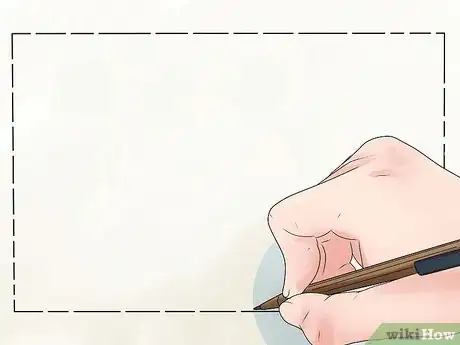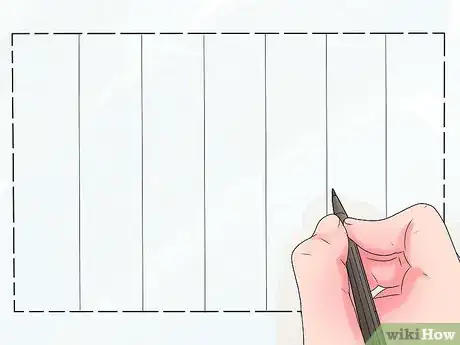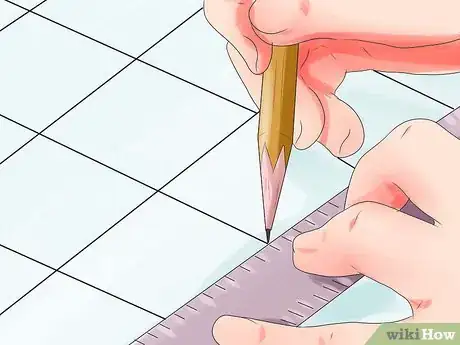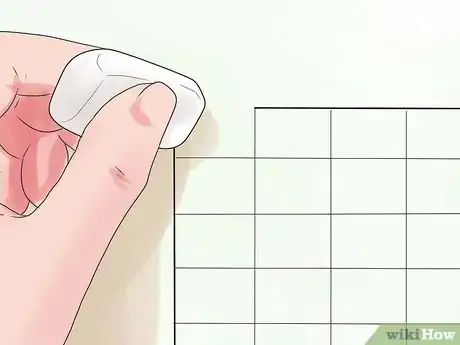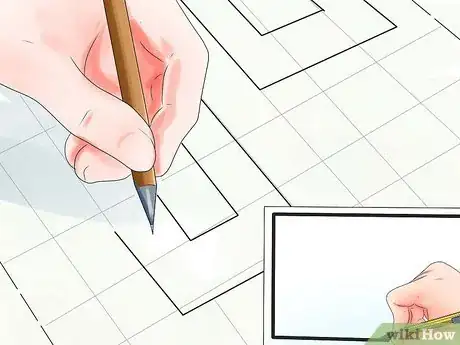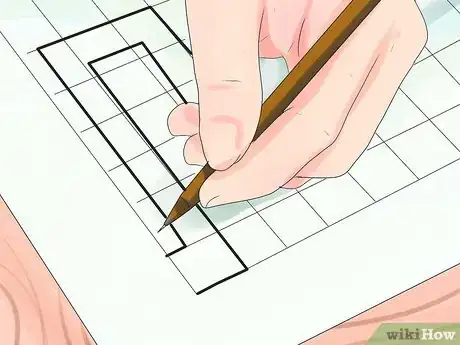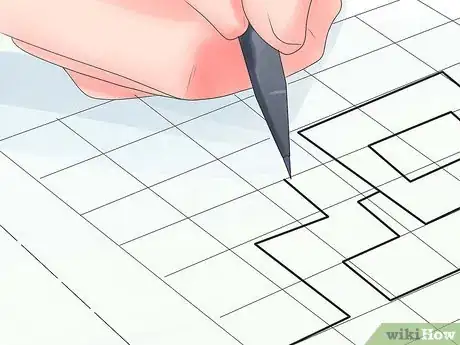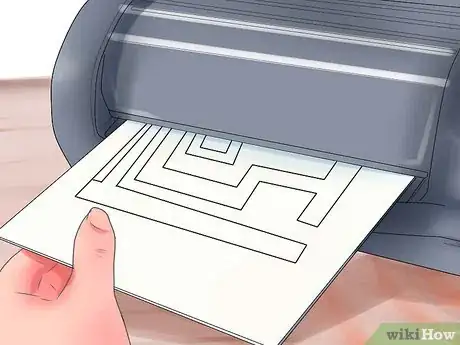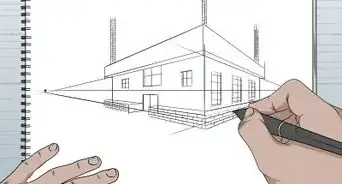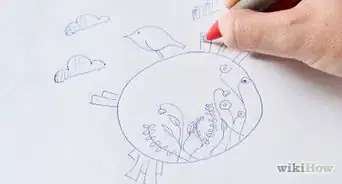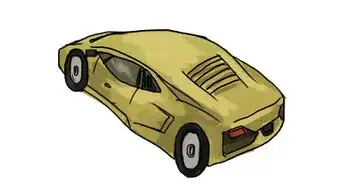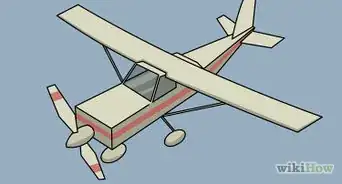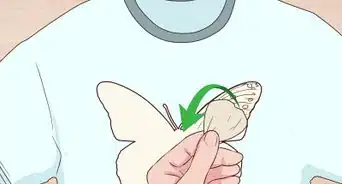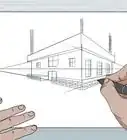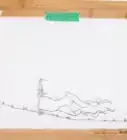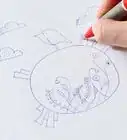wikiHow is a “wiki,” similar to Wikipedia, which means that many of our articles are co-written by multiple authors. To create this article, 17 people, some anonymous, worked to edit and improve it over time.
This article has been viewed 69,655 times.
Learn more...
The approach to drawing mazes that is outlined here is a cell-based approach for drawing a simple maze. The cell-based approach consists of dividing the maze area into several independent enclosed areas, which will now be called cells. By definition each cell has only one exit and one entry point, and a reasonably difficult maze should have five or more cells. When someone attempts to solve the maze by finding the path from start to finish, they (the solver) will begin the maze at the start location and enter the first cell. In order to continue through the maze and reach the finish location, the solver will have to find a way to progress to the next cell. The maze is difficult because the solver is forced to wander around in a cell until they encounter and choose to pass through the cell’s exit point (the location where one passes from one cell to the next will now be called the critical point). The solver will progress through the cells until they reach the final cell and leaves the maze at the finish location.
Steps
-
1Define the maze area. Draw a rectangular box on the paper to contain your maze and create “start” and “finish” openings in the box. Use almost the entire area of the paper; leave only a small margin along the edges.
-
2Divide the maze area into 6 cells of approximately equal area. Draw lightly because you will eventually erase these lines.Advertisement
-
3Determine the connectedness of the cells. Each cell should only connect to two other cells, and the path from the “start” cell to the “finish” cell should pass through every cell. Try to make the path through the cells counter-intuitive.
-
4Determine the location of the critical points that allow movement between cells.
-
5Erase the cell border at the critical points to form a path between the two cells. (Please refer to Figure 1 (attached) for an example of a maze with steps 1-6 complete.)
-
6Obscure the boundaries of your cells. The borders between cells should fit together like the teeth of a zipper. However, unlike a zipper, the teeth should be of variable width and length. Draw new, permanent cell boundaries. (Shown in attached figure 2.)
-
7Draw the actual paths inside your cells. The paths should be about one centimeter wide, and their borders should be the width of one line drawn with a pencil. Only draw lines that are parallel to the edges of the paper. Make every part of your maze area either a path or border between paths. Do not create any dead end paths inside cells. Consider the MTF instinct when drawing your approaches to critical points. (Refer to the large attached maze for an example of maze paths.)
-
8Solve your maze. Make sure that you did not inadvertently block a critical point in your maze and that an unbroken path exists from start to finish.
-
9Proofread your maze. Try to make sure that no spots exist where the junction of two lines is ambiguous and it is “debatable” if the path is blocked.
-
10Scan or copy your maze to get ink copies that other people can attempt to solve.
-
11Finished.
Community Q&A
-
QuestionHow can I make a challenging maze?
 Captain GiraffeCommunity AnswerThe more cells you divide the maze into, the larger it will be. Making longer paths that lead up to dead ends will increase the difficulty of the maze.
Captain GiraffeCommunity AnswerThe more cells you divide the maze into, the larger it will be. Making longer paths that lead up to dead ends will increase the difficulty of the maze. -
QuestionHow to you make a very hard maze?
 Wang Chi Yuen王之淵Community AnswerThe more cells you divide the maze into, the larger it will be. Making longer paths that lead up to dead ends will increase the difficulty of the maze.
Wang Chi Yuen王之淵Community AnswerThe more cells you divide the maze into, the larger it will be. Making longer paths that lead up to dead ends will increase the difficulty of the maze.
Things You'll Need
- • A piece of paper (standard 8 X 11 inch white printer paper)
- • A lead pencil
- • A computer with scanner and printer or a copy machine
